The BPER Gallery in Modena is hosting from September 19, 2025 to February 8, 2026 the exhibition The Time of Writing. Images of Knowledge from the Renaissance to the Present, curated by Stefania De Vincentis from an idea by Francesca Cappelletti, under the patronage of the Municipality of Modena. The initiative is part of festivalfilosofia 2025, scheduled Sept. 19-21 between Modena, Carpi and Sassuolo, of which BPER is the main sponsor, and addresses the theme of paideia, declined for the XXV edition of the festival. The exhibition aims to develop a reflection on the transmission of knowledge through images accompanied by writing. Books, cartouches and inscriptions within iconographic compositions convey meanings that over time may be complex to decipher, but retain a communicative capacity that spans centuries and dialogues with the present and the future. The path is configured as an encounter between art, history and representations of knowledge, articulating from the ancient to the contemporary. The exhibition compares works from BPER’s corporate collection with major loans from national cultural institutions such as the Galleria Borghese, the Gallerie Nazionali di Arte Antica at Palazzo Barberini in Rome and the Biblioteca Nazionale Marciana in Venice. This combination is intended to broaden the possibilities of reading around the concept of paideia and generate novel visual and conceptual connections.
Loans include two busts from the Galleria Borghese and a Saint Jerome sealing a letter byGiovanni Francesco Barbieri known as Guercino, from the National Galleries of Ancient Art in Rome - Palazzo Barberini. The exhibition includes modern works from the BPER collection, such as paintings by JeanBoulanger, Alessandro Mazzola, Giacomo Cavedoni and Luigi Amidani, to contemporary works by SabrinaMezzaqui and Pietro Ruffo. The exhibition is divided into thematic nuclei that address the depiction of writing and educational processes, allegories of knowledge, and the role of portraiture as an educational and moral tool. The installation, curated by exhibit designer Andrea Isola, opens with Lettere (2010) and Segni (2009) by SabrinaMezzaqui, works in which writing becomes the very object of the work and not just a means of communication. It continues with masterpieces such as Giacomo Cavedoni’s Il pianto di Giacobbe (Jacob’s Weeping ), in which the patriarch manifests his despair through a correspondence, and Clio. Muse of History by Jean Boulanger, which symbolizes the art of passing on the deeds of heroes. The works dialogue with the Bust of Minerva from the Borghese Gallery, an emblem of wisdom and weaving, and with Guercino’s St. Jerome Sealing a Letter, which testifies to the saint’s commitment to translating the Bible and making it comprehensible to the faithful.
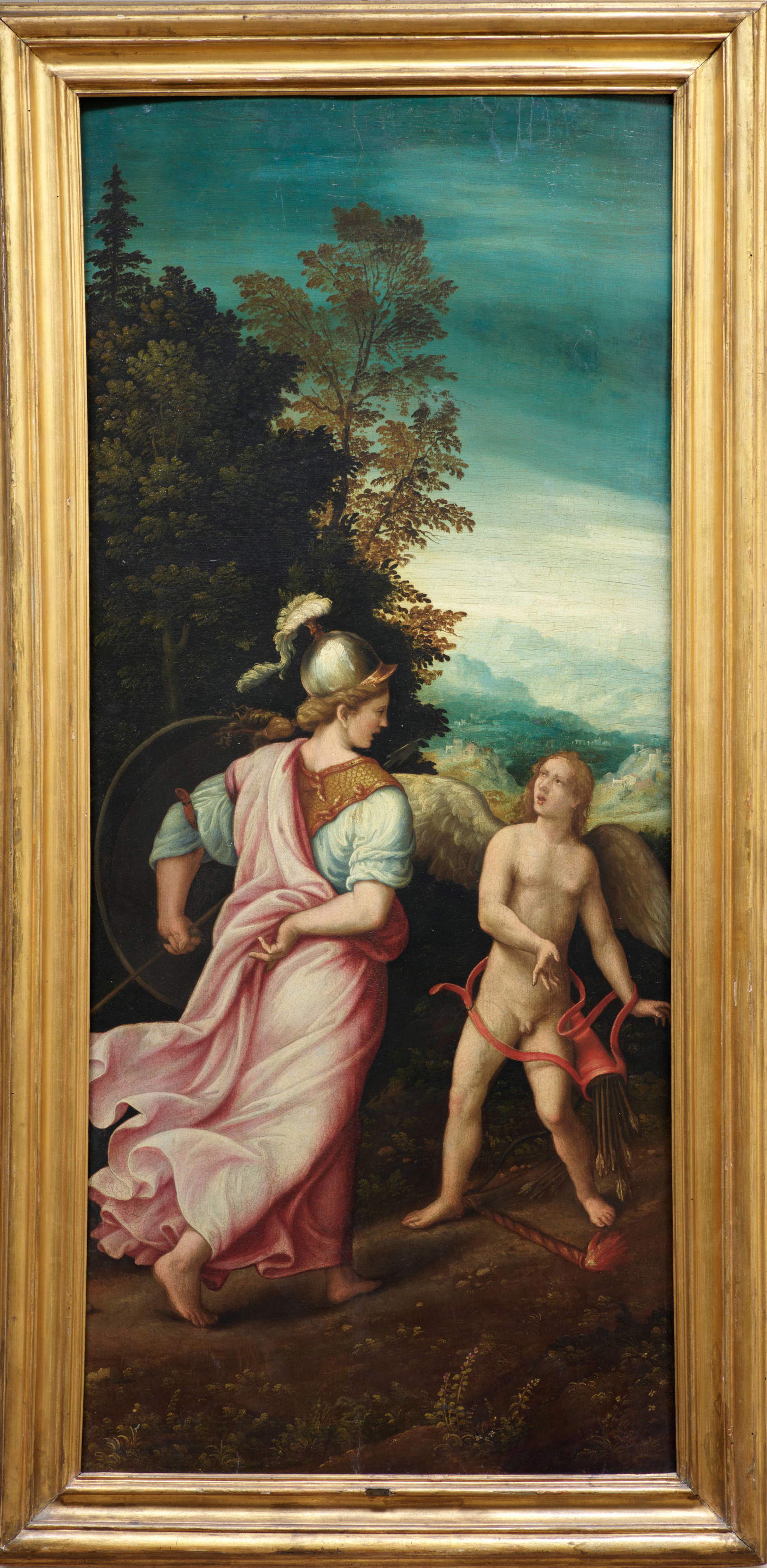

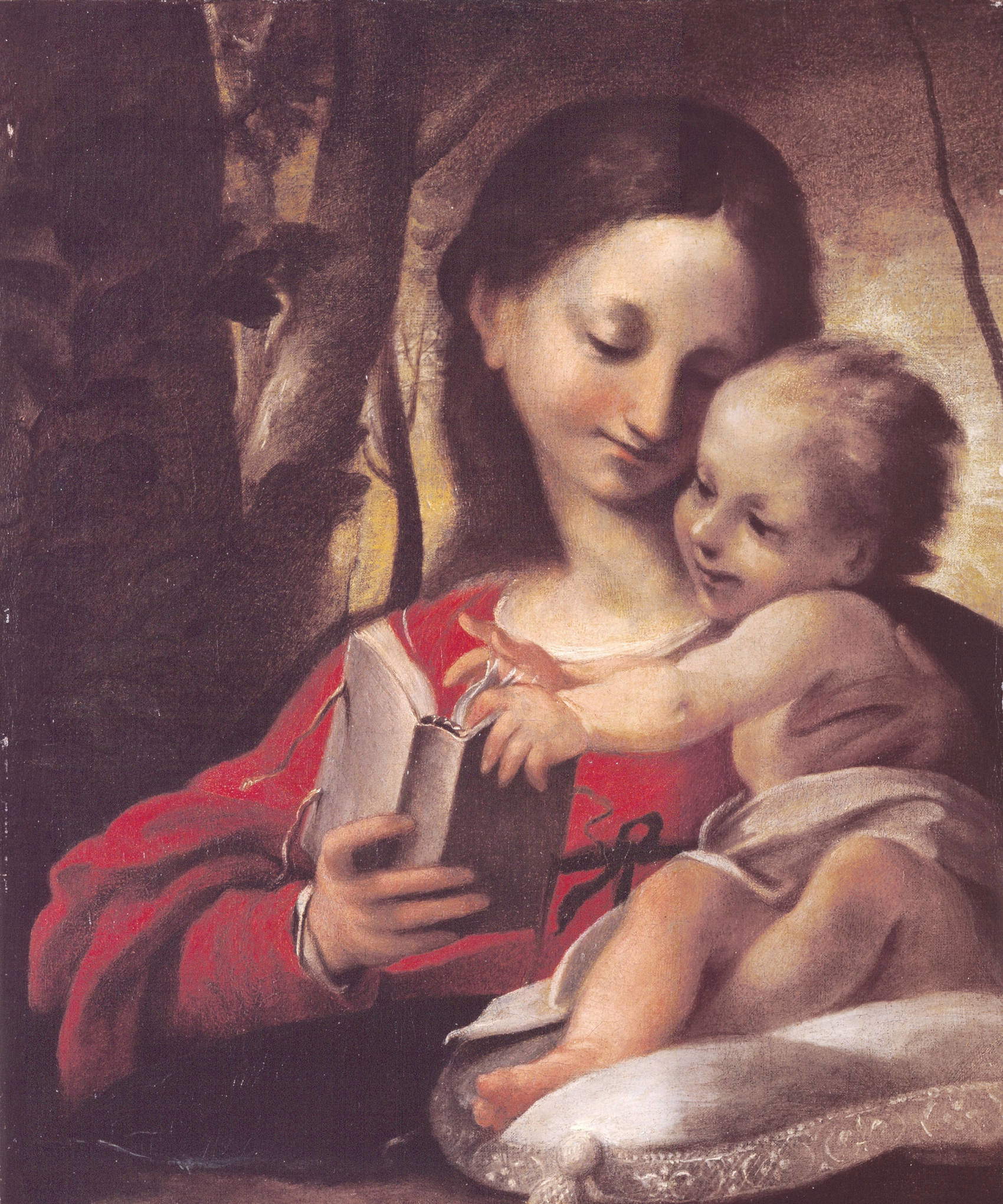
Writing is presented as an instrument of knowledge transmission and a vehicle for practical intellectual exchanges. The possibility of teaching reading and writing represents a first act of generosity, opening access to knowledge and thus to freedom. Alessandro Mazzola’s painting, Madonna and Child, where Mary hands a book to the child, suggesting the interpretation of Jesus’ destiny through the sacred scriptures, fits into this perspective. The portrait theme is introduced by a 17th-century bust with an antique head of Alexander the Great, from the Borghese Gallery. The work testifies to how the Western tradition used portraiture to convey civic and moral values. In contrast, Pietro Ruffo’s The Six Traitors to Liberty, made between 2009 and 2010, offer anti-portraits of philosophers considered by Isaiah Berlin to be the basis of illiberal ideologies of the 20th century. The faces, composed of dragonflies fixed with nails, symbolize interrupted freedom and invite critical reflection on the thinking of the subjects portrayed.
Included among the contemporary works is Ruffo’s Constellation Globe (2024), presented at the Venice Pavilion of the 2024 Art Biennale, which synthesizes the themes of the representation of writing and knowledge, suggesting the human desire to explore and transmit knowledge beyond the limits of the known world. The BPER Gallery has renovated its exhibition venue in Modena, entrusting the graphic redesign of signage and information elements to the Migliore+Servetto studio, with the aim of improving the visitor experience and strengthening the visual identity of BPER’s cultural reality. The exhibition is accompanied by a catalog published by Sagep, with essays by Francesca Cappelletti, Stefania De Vincentis, Stefania Portinari and Paolo Berti. The volume is available to the public with a minimum contribution starting at 8 euros, and proceeds will be donated to the Fondazione Vita Indipendente Onlus of Modena, which has been committed since 2008 to improving the quality of life of people with disabilities and promoting independent living.
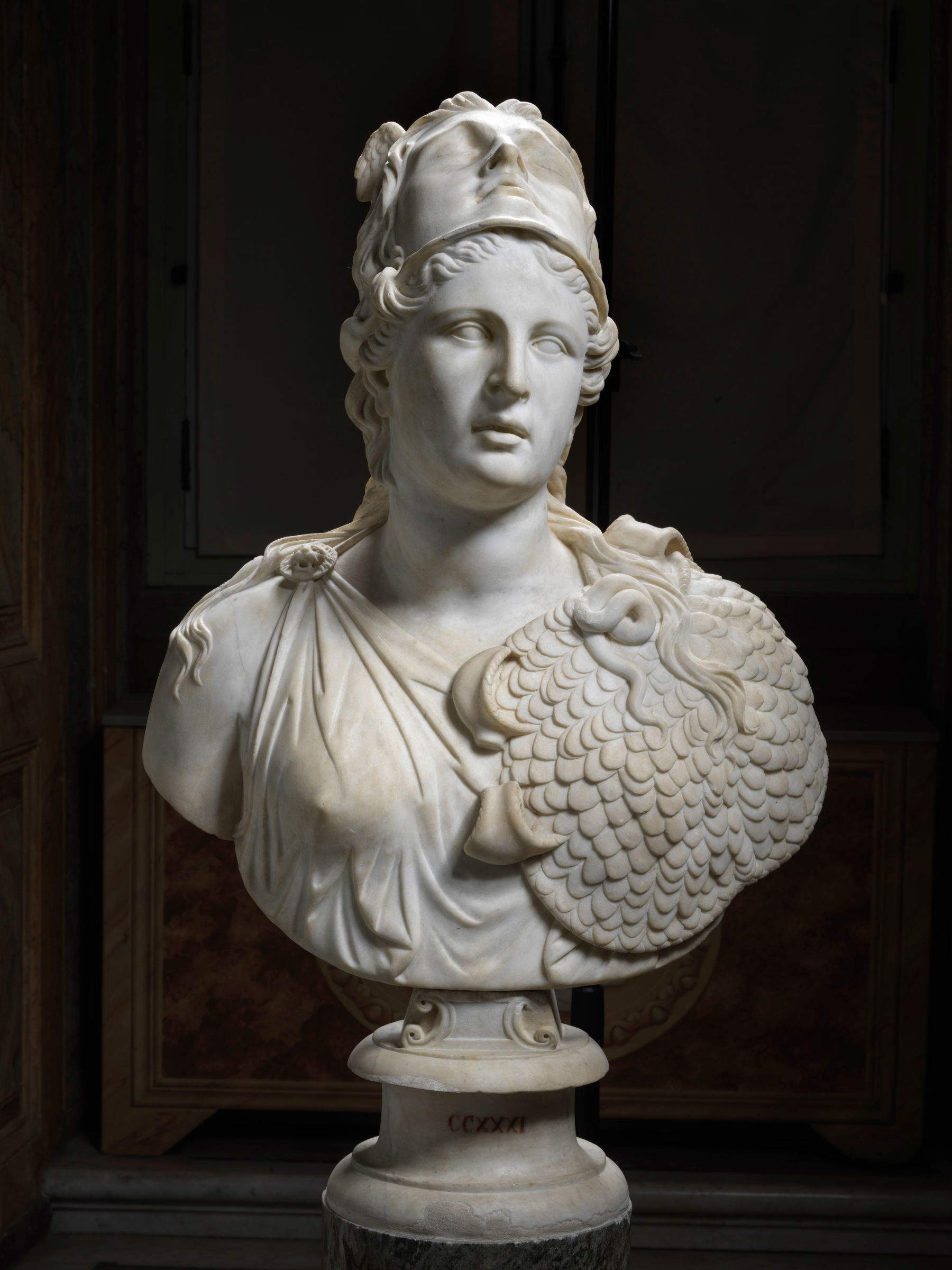
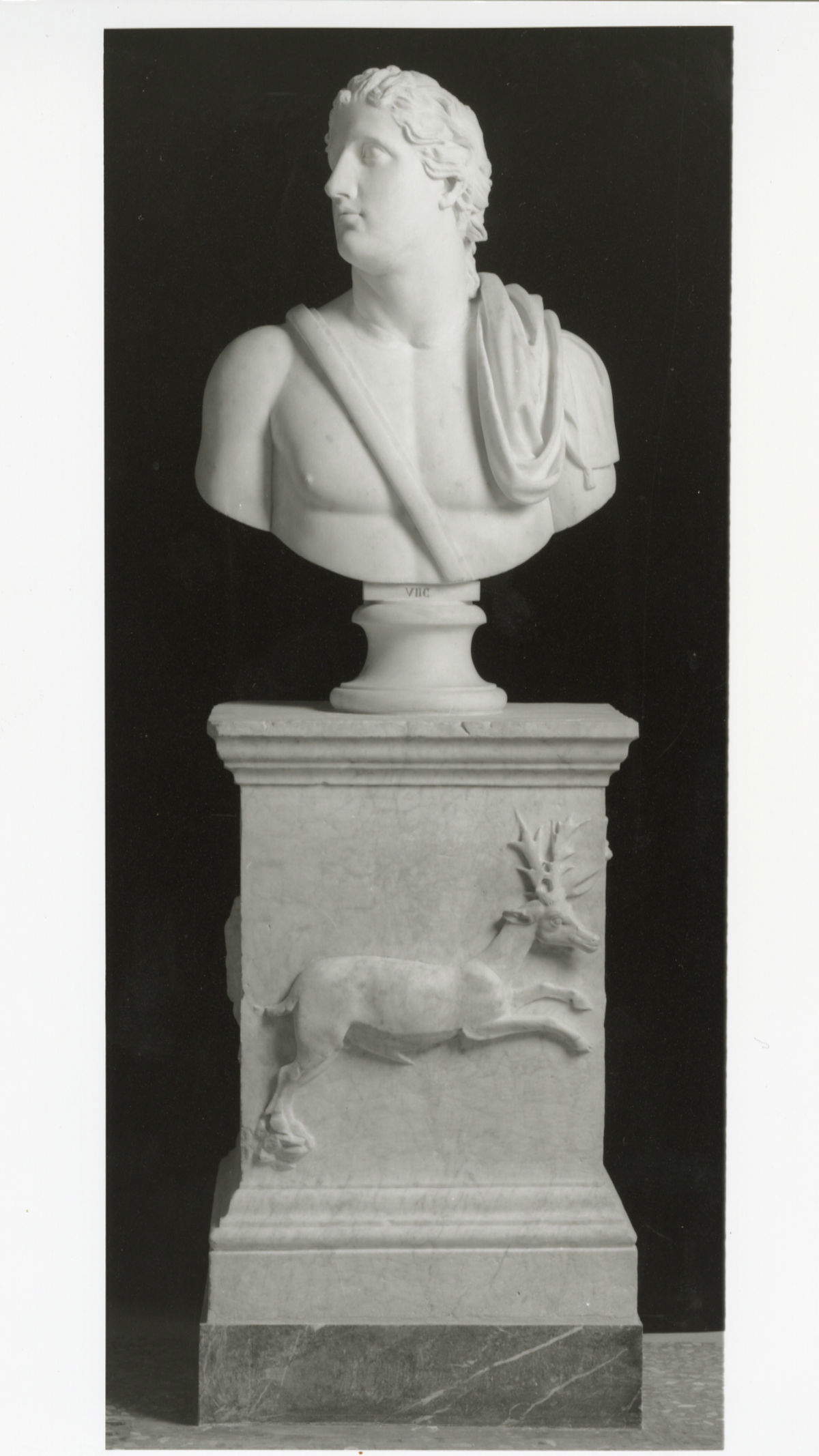
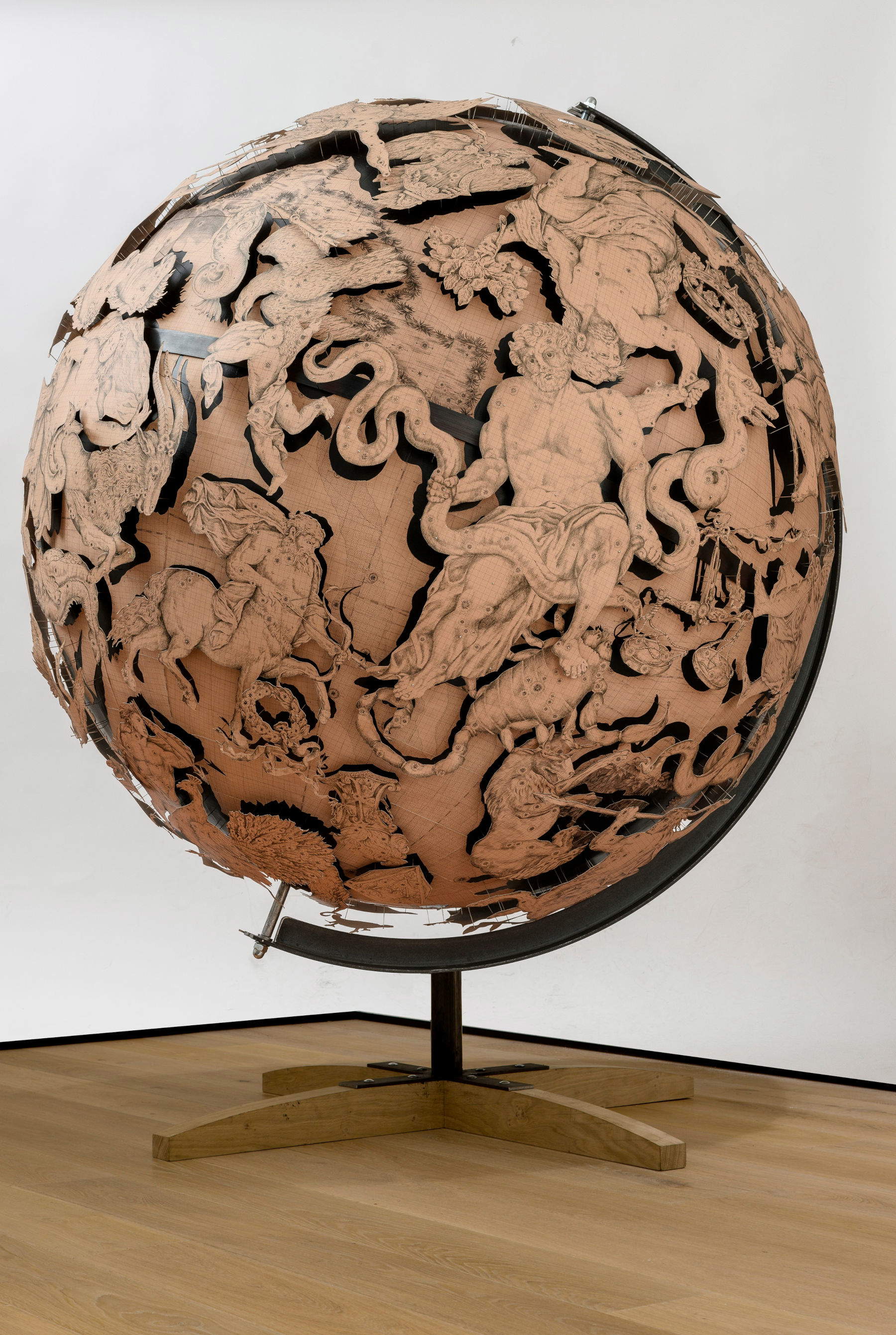

To facilitate access to a wider public, BPER Gallery has created three etchings in collaboration with theFrancesco Cavazza Institute for the Blind in Bologna, reproducing Sabrina Mezzaqui’s Letters, Luigi Amidani’s Madonna and Child and Pietro Ruffo’s Rousseau, through the P.I.A.F. (Minolta) technique. The exhibition also offers guided tours and educational tours for schools of all levels, designed in collaboration with Civita Mostre, and initiatives aimed at stimulating dialogue with contemporary languages.
The ARTalk program accompanies the exhibition with conversations open to the public, in which experts from different fields delve into the themes of the exhibition. The first meeting, titled COVER YOURSELF! getting to know the strategies of rhetoric so you don’t go naked to the North Pole, will take place on Wednesday, October 22, at 6:30 p.m., with Maddalena Santeroni and Flavia Trupia, an expert in communication, rhetoric and social media, who will discuss the role and power of writing.
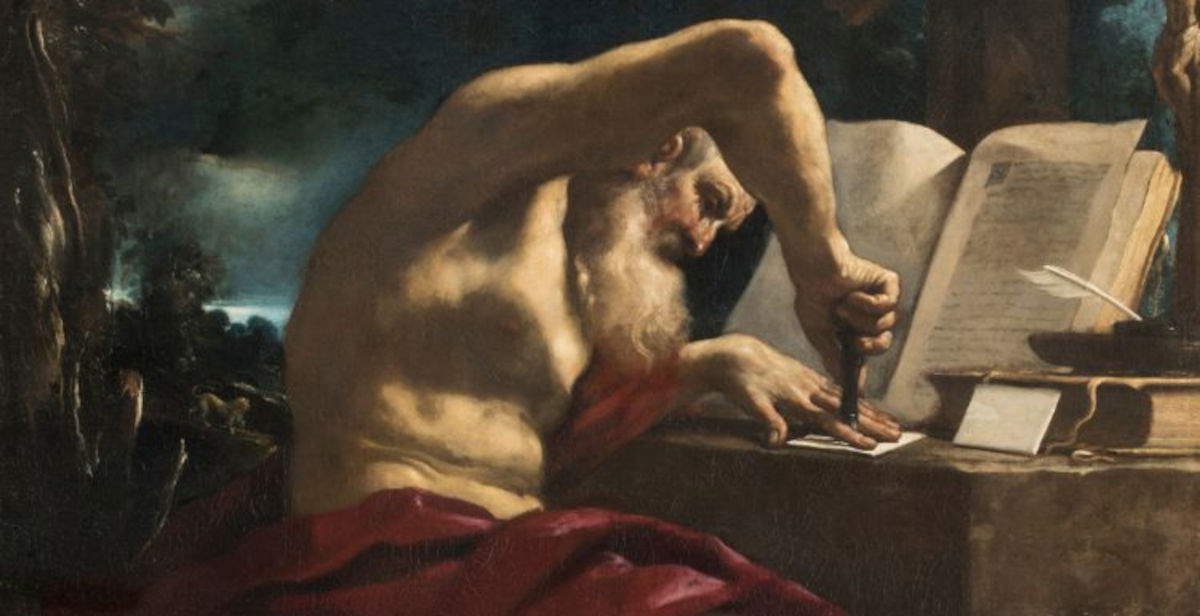 |
| The time of writing: the BPER Gallery explores images of knowledge from the Renaissance to the present day |
Warning: the translation into English of the original Italian article was created using automatic tools. We undertake to review all articles, but we do not guarantee the total absence of inaccuracies in the translation due to the program. You can find the original by clicking on the ITA button. If you find any mistake,please contact us.